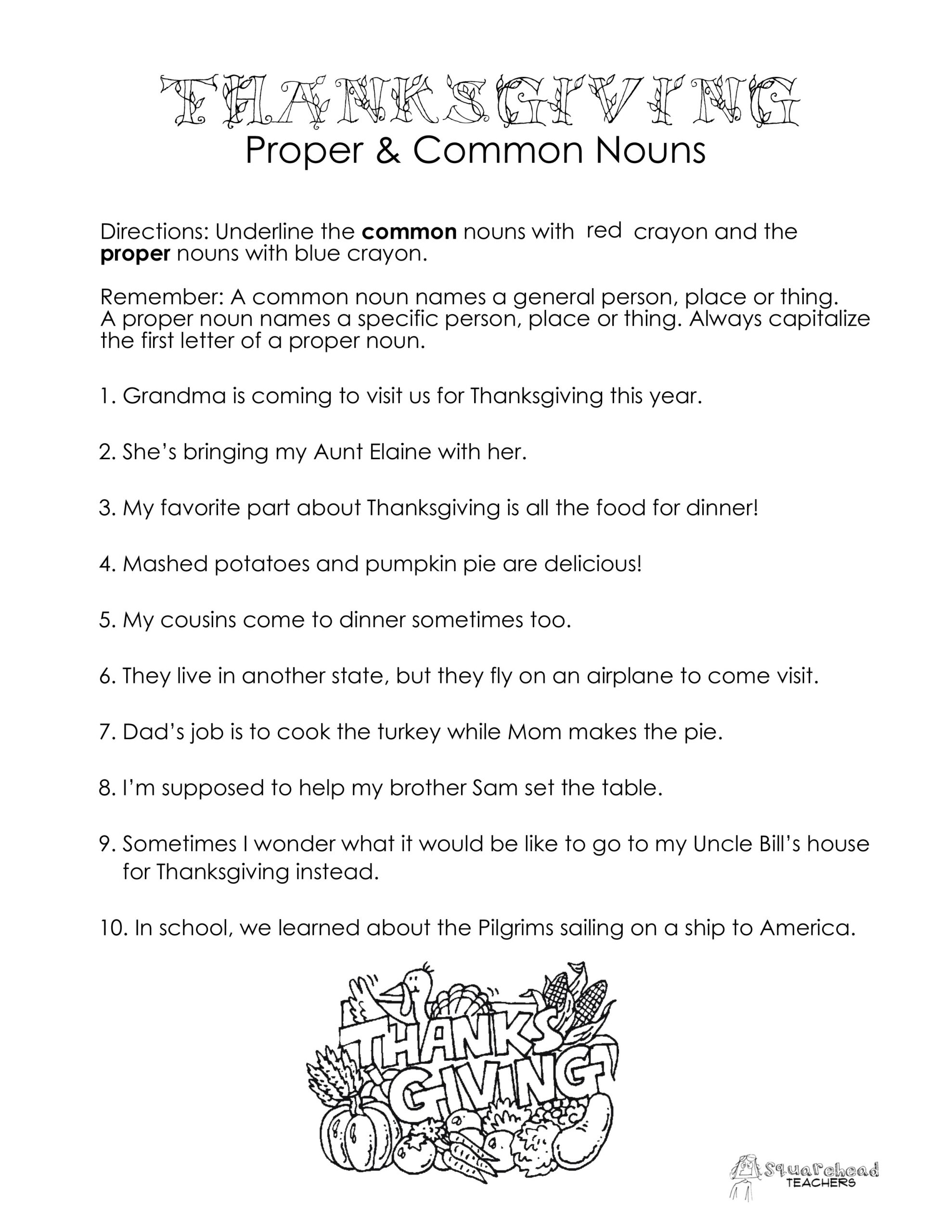Common nouns and proper nouns are essential parts of the English language. Understanding the difference between the two is crucial for building strong grammar skills. A common noun refers to a general, non-specific person, place, or thing, while a proper noun is the specific name of a person, place, or thing. This worksheet will help students differentiate between common and proper nouns through various exercises and examples.
When teaching common nouns vs proper nouns to students, it’s important to provide them with plenty of practice. This worksheet includes a variety of exercises such as identifying common and proper nouns in sentences, filling in the blanks with the correct noun types, and creating their own sentences using both common and proper nouns. By actively engaging with the material, students can solidify their understanding of this grammar concept.
Worksheet Exercises
1. Identify whether the following are common nouns or proper nouns:
– dog
– New York City
– book
– John
2. Fill in the blanks with the correct type of noun:
– The _______ barked loudly.
– I visited _______ last summer.
– Have you read that _______?
3. Create sentences using both common and proper nouns:
– _______ went to the store to buy _______.
– _______ enjoys playing soccer with _______.
– _______ lives in _______.
By completing these exercises, students can gain a better grasp of the distinction between common nouns and proper nouns. This worksheet serves as a valuable tool for reinforcing their knowledge and improving their grammar skills.
In conclusion, the common nouns vs proper nouns worksheet is a helpful resource for students to practice and enhance their understanding of these fundamental grammar concepts. By engaging with various exercises and examples, students can reinforce their knowledge and apply it to their writing. With consistent practice, students can confidently identify and use common and proper nouns in their communication. This worksheet is a valuable tool for educators looking to reinforce these essential language skills in their students.
